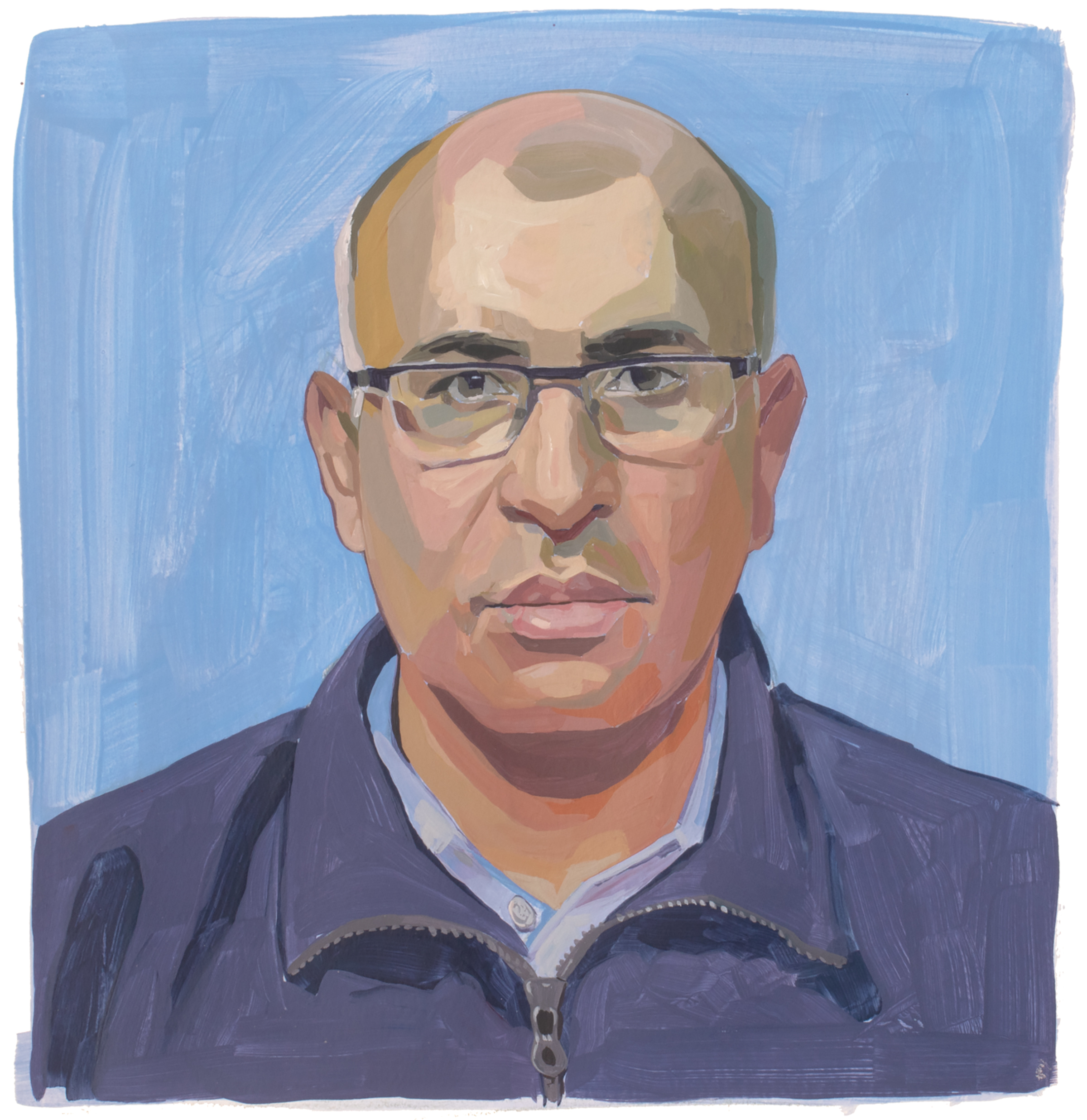Last May, U.S. Surgeon General Dr. Vivek Murthy issued an advisory about the profound consequences of loneliness and isolation—a departure from the type of standard medical conditions many of his predecessors prioritized. He realized he needed to shine a spotlight on loneliness after traveling the country, asking the people he encountered how he could be helpful. College students told him that, despite being surrounded by thousands of people, they felt like no one truly knew them. The patients he was treating said they didn’t have anyone to come pick them up at the hospital. “Part of the reason I was attuned to this issue was because I struggled with loneliness in my own life, as a child in particular,” he says.
Murthy has learned that when he’s frustrated or feeling down, he tends to withdraw—so he’s had to teach himself to pick up the phone and call a friend. “I always feel better, and it’s not because they solve my problem,” he says. “It’s because it feels good to not be alone when we're suffering.” Individuals can only do so much to curb loneliness, though, he points out. That’s why his advisory outlined specific steps that could help solve what he sees as a systemic public-health crisis. In it, he called on governments, community leaders, workplaces, and health systems to rebuild social connection and community; for example, by designing local institutions that bring people together.
Ideally, Murthy says, encouraging conversation around loneliness will help shatter the stigma that continues to surround it. “We associate loneliness with not being likable, or being defective in some way—like something must be wrong with you if you don't have people around you,” he says. “That’s just a fundamental misconception,” especially given that our environment has changed in ways that make it harder to connect.
The loneliness crisis intersects with another public-health threat Murthy has drawn attention to: last May, he also issued an advisory about the effects social media use has on youth mental health. In it, he pointed out that logging hours on platforms like TikTok and Instagram can lead to body dissatisfaction, disordered eating, social comparison, and low self-esteem, especially among adolescent girls. Years ago, he believes, social media delivered on its promise of creating more connection within communities. But over time, he worries it’s replaced in-real-life interactions: “We went from focusing on quality to quantity of connections.” He hopes policymakers take steps to strengthen safety standards and promote digital literacy, and that tech companies make design changes that prioritize safety and health.
Murthy is encouraged by recent progress. “We’ve seen people talking more openly about [loneliness]—everyone from lawmakers to business leaders, to students, to parents,” he says. “We’ve also seen mayors start investing in social infrastructure in their communities, and students are starting to build and create programs on their campuses.” In February, for example, San Mateo County in Silicon Valley declared loneliness a public-health emergency, a move Murthy encouraged. And the University of Virginia launched its Hoos Connected Program, a weekly discussion group among six to 10 undergrads led by trained student facilitators. The goal is to nurture meaningful dialogue about how to forge connections. “Our relationships,” Murthy says, “are the most tangible and powerful way we can manifest generosity and love.”
More Must-Reads from TIME
- Cybersecurity Experts Are Sounding the Alarm on DOGE
- Meet the 2025 Women of the Year
- The Harsh Truth About Disability Inclusion
- Why Do More Young Adults Have Cancer?
- Colman Domingo Leads With Radical Love
- How to Get Better at Doing Things Alone
- Michelle Zauner Stares Down the Darkness
Contact us at letters@time.com





